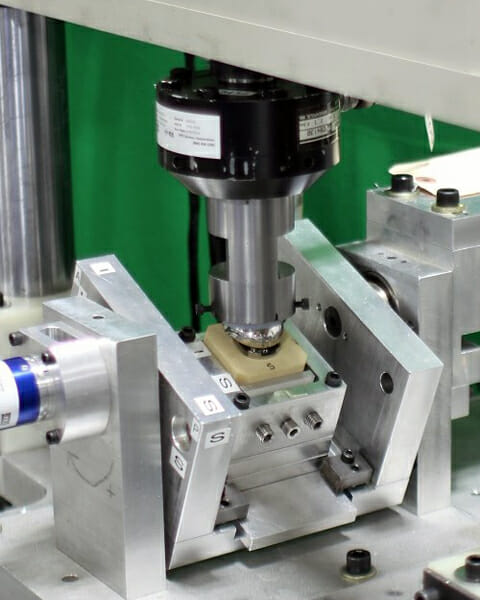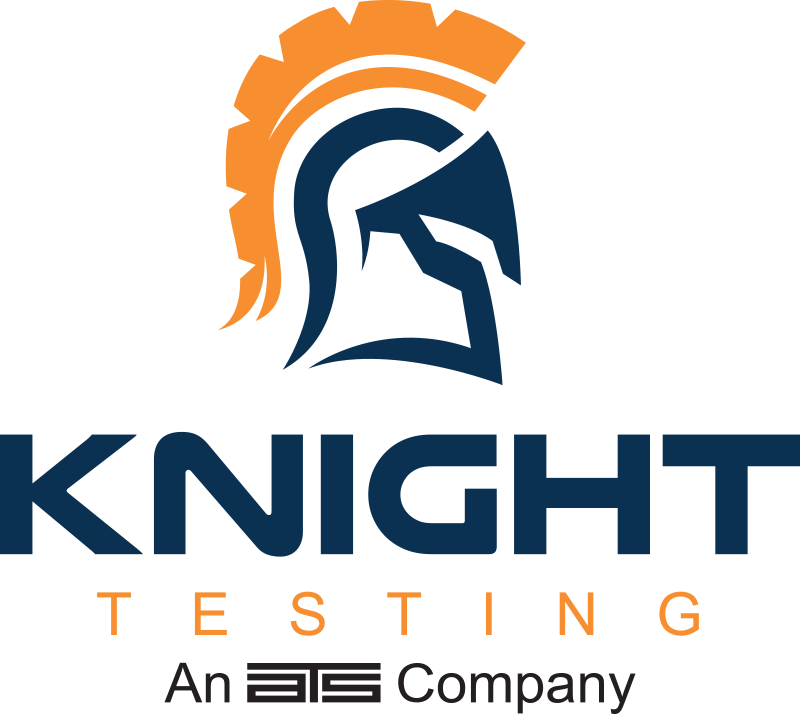Trauma and Extremities
Trauma and Extremities
One of the fastest growing market segments, trauma and extremity devices can be some of the simplest and most complex devices to test. Simple devices such as bone plates and screws are subjected to routine tests such as bending and pullout. Complex devices such as reverse shoulders are subjected to more complex biaxial loading to evaluate loosening, fatigue, and fretting potential at modular junctions.
Contact Knight Testing today to discuss the latest industry trends in testing for your next shoulder, elbow, wrist, or ankle. Some commonly tested devices are listed below:
- Total ankle systems
- Bone plates and screws
- Reverse and anatomic shoulder systems
- Small bone systems (foot and ankle, hand plating systems)

Services and Standards for Trauma and Extremity Implants
- ASTM F382 — Standard Specification and Test Method for Metallic Bone Plates
- ASTM F543 — Standard Specification and Test Methods for Metallic Medical Bone Screws
- ASTM F564 — Standard Specification and Test Methods for Metallic Bone Staples
- ASTM F1264 — Standard Specification and Test Methods for Intramedullary Fixation Devices
- ASTM F2028 — Standard Test Methods for Dynamic Evaluation of Glenoid Loosening or Disassociation
- ASTM F2502 — Standard Specification and Test Methods for Absorbable Plates and Screws for Internal Fixation Implants
- ISO 9585: “Implants for surgery – Determination of bending strength and stiffness of bone plates”
Don’t see your method or standard listed above? Contact Us to discuss your testing requirements — we’re adding to our capabilities all the time!
